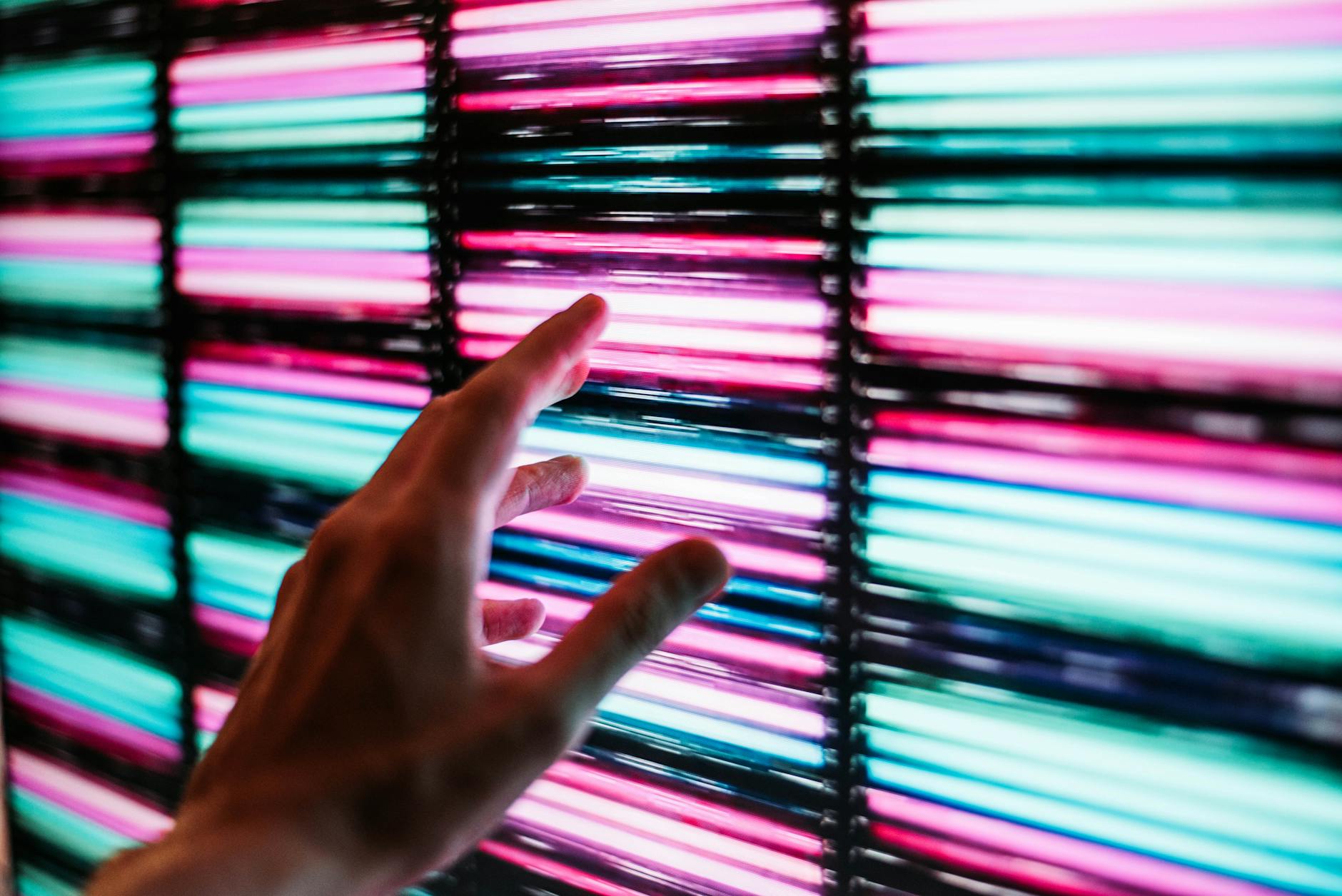You are most likely reading this from a screen that has one.
We are currently living in the age of the light-emitting diode (LED). Virtually all of our lighting and screens are powered by some form of LED. A few decades ago, we were still using incandescent and fluorescent lighting. What made us switch to LEDs?
Our Typical Forms of Lighting
Incandescent lighting works by running a current through a filament in the bulb. This causes the filament to become white hot and radiate heat and light. Unfortunately, this is inefficient, as most energy is wasted on heat rather than light.
Fluorescent lighting works differently. It involves inert gas and mercury vapor in a tube. When electricity excites the gas and vapor, it ionizes the mercury, producing ultraviolet light. A coating within the tube called a phosphor converts this UV light into visible light. The disadvantage is the lamps are hard to manufacture and contain mercury, which is toxic and needs proper disposal.
LED lighting is the most efficient because it is made from semiconductors, which convert most electricity to visible light. This also lengthens their lifespan by tens and thousands of hours.
Significance of Blue LEDs
LEDs were already plentiful before but only came in red and green colors. Blue was difficult to attain because the energy needed was higher (since the wavelength of blue was on the high end of the visible spectrum).
We’ve always known that the color wheel needs red, green, and blue (RGB) to access all colors, especially white. You can have proper lighting and displays when all colors are available.
There was a race to build the blue LED for decades, and eventually, it was invented by Shuji Nakamura for a then-small company called Nichia in Japan.
How Blue LEDs Were Invented
Shuji Nakamura was a solo researcher who accomplished everything he did with little funding and unfair skepticism in his company. He was innovative and was able to modify the equipment he had by welding old parts himself to be able to run his experiments. He took no days off for 1.5 years until his first breakthrough.
In a nutshell, he was able to accomplish this with 3 critical points:
- You need a Metal Organic Chemical Vapor Deposition (MOCVD) reactor to create your semiconductor wafer. He was able to modify his with different features that are not inherent to a normal reactor. Not all researchers know how to do this as much as he did.
- He chose gallium nitride (GaN) instead of zinc selenide (ZnSe) as the diode material. ZnSe was the focus of most mainstream research because there were fewer crystal defects during wafer production. However, despite the higher defect rate, GaN actually has a higher potential to generate blue light.
- Because he had his own modifiable MOCVD reactor, he solved the problem of GaN’s high defect rate and other subsequent problems. By fully using his tools, he could experiment with many more scenarios.
He also got his PhD while doing his research, as the requirement for getting one in Japan without needing to do a dissertation is 5. He currently has nearly 960 papers and 200 US patents in his name.
After his discovery, his efforts made his company, Nichia, rich, but eventually, they parted ways because of poor compensation (and litigation).
In 2014, he was awarded the Nobel Prize for Physics along with Akasaki Isamu and Amano Hiroshi for inventing the blue LED. Last year, he also started a nuclear fusion company, focusing on starting fusion reactions using lasers.
You can also watch Veritasium’s informative take on YouTube, which inspired me to write this piece.
Relevance of the Blue LED
The one big thing that blue LEDs brought about was pushing lighting to be more energy efficient. This saves everyone electricity and reduces total CO2 emissions. The wattage of incandescent bulbs reached an average of 50W per bulb. An LED bulb has an average of 8W. That’s an 84% decrease.
Planned Obsolescence for LED Lights
LED lights have been so long-lasting that lighting companies have built-in obsolescence into the lights they sell nowadays. They put planned failure rates into their products because their margins are getting too low.
They do so by adding lesser heat dissipation or by putting LEDs in series circuits so that if only one light goes out in an array, the whole array doesn’t turn on at all. If you have some circuit know-how, you can repair your LED lights. Fixing LED circuits is better than tinkering with incandescent or fluorescent bulbs, which are usually unfixable.
The Kingdom of Dubai currently sells the longest-rated LED lamps (the infamous “Dubai Lamps”) exclusively, as Dubai arranged with Philips to make the most efficient lamps possible in exchange for cornering the market there.
Other LED Related Technologies
Aside from lighting, most screens nowadays are powered by LEDs—from phones to TVs to monitors, even traffic lights. Organic LEDs (OLEDs) are also available, which allow for flexible and printable screens.
LEDs power some fiber optics applications as they provide the light that traverses the fibers. UV LEDs were especially helpful during the pandemic when they were used to disinfect surfaces by merely shining the light on them. Infrared LEDs are used to “light” up the images for cameras at low light conditions.
LEDs are now so small that they are used for AR (augmented reality) devices like the Apple Vision Pro. We will probably see more applications in the future.
Wrapping Up
The Blue LED is one of the most significant achievements in recent years, as it has enabled us to become the screen-loving civilization we are while making the world better regarding climate change. Its inventor, Shuji Nakamura, taught us how grit, ingenuity, and critical thinking can pay off with the proper mindset despite lacking resources.
